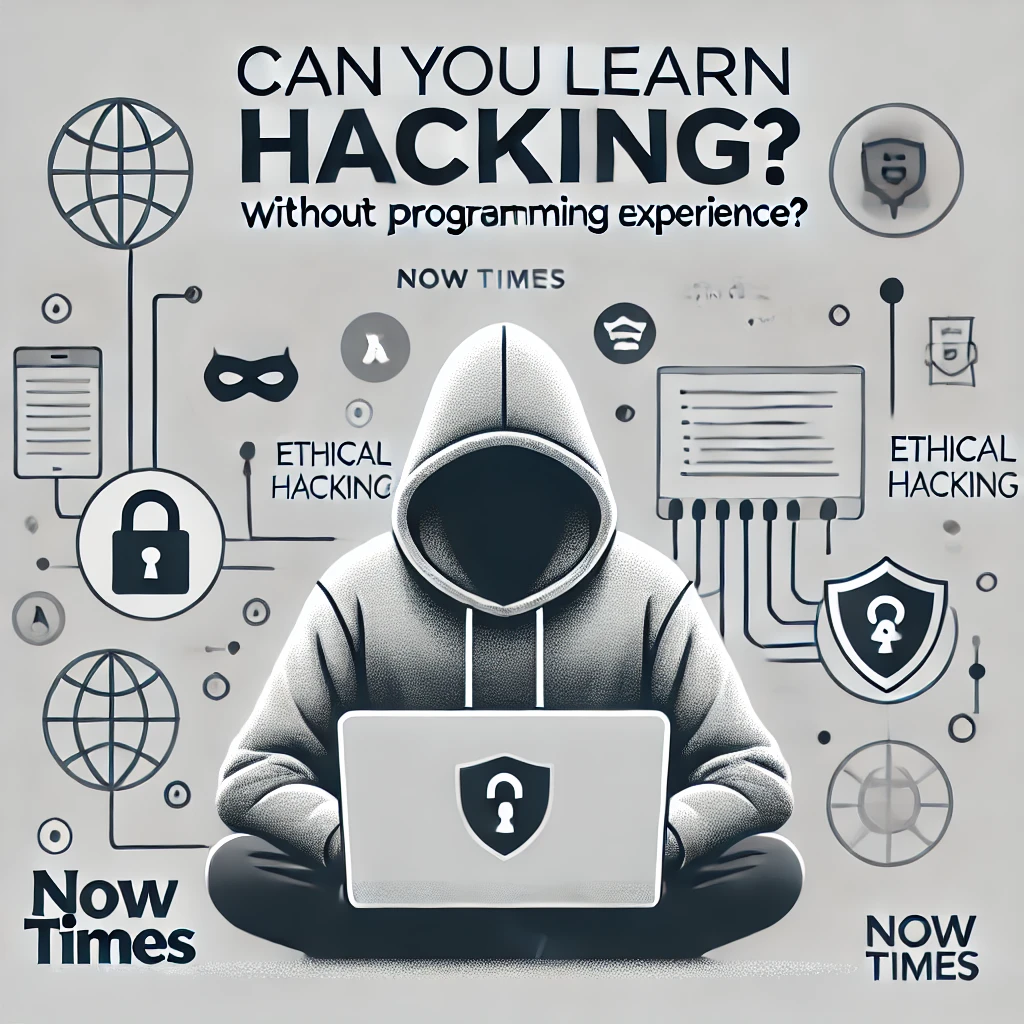Cybersecurity Roadmap for 2025: A Step-by-Step Guide to Success
Cybersecurity is a rapidly evolving field that demands continuous learning to stay ahead of

Cybersecurity is a rapidly evolving field that demands continuous learning to stay ahead of emerging threats. If you're aiming to build a career in cybersecurity or improve your skills in 2025, this roadmap provides a structured pathway, from beginner to advanced levels.
1. Build a Strong Foundation (Months 1–3)
-
Key Areas to Focus:
-
Networking Basics:
-
Learn how the internet works, including protocols like TCP/IP, DNS, HTTP/HTTPS.
-
Understand firewalls, proxies, and VPNs.
-
Recommended Resource: CompTIA Network+ or free online tutorials.
Linux Fundamentals:
-
Familiarize yourself with Linux distributions like Kali Linux, Ubuntu, or Parrot OS.
-
Learn basic commands, shell scripting, file permissions, and user management.
-
Practice: Use a virtual machine to simulate Linux environments.
Programming Basics:
-
Master Python for automation and scripting (Learn Python for automation ).
-
Learn Bash scripting for Linux tasks.
-
Focus on: Writing small scripts to automate tasks such as port scanning.
Cybersecurity Concepts:
-
Understand the CIA Triad (Confidentiality, Integrity, Availability).
-
Learn about encryption, hashing, and common cybersecurity terminologies.
-
Tools: Explore free courses on Cybrary, Coursera, or YouTube.
Acquire Core Cybersecurity Skills (Months 4–6)
-
Tools and Techniques:
-
Learn Key Security Tools:
-
Nmap: For network scanning.
-
Burp Suite: For web application security testing.
-
Wireshark: For network traffic analysis.
-
Metasploit: For penetration testing.
Understand Web Application Security:
-
Dive into the OWASP Top 10 vulnerabilities (e.g., SQL Injection, XSS, CSRF).
-
Hands-On Practice: PortSwigger Web Security Academy.
Cryptography Basics:
-
Understand symmetric and asymmetric encryption (AES, RSA).
-
Learn hashing algorithms (SHA, MD5)
-
Study SSL/TLS and how HTTPS secures web traffic.
Start Bug Bounty Hunting:
-
Join platforms like HackerOne or Bugcrowd to hunt for vulnerabilities in real-world applications.
-
Practice using vulnerable applications like DVWA (Damn Vulnerable Web Application) or Juice Shop.
Intermediate Level Skills (Months 7–12)
Specialize in Advanced Techniques:
Penetration Testing:
-
Learn network, wireless, and web application penetration testing.
-
Tools: Aircrack-ng, Hydra, John the Ripper.
-
Certification: eJPT (eLearnSecurity Junior Penetration Tester) or CompTIA Pentest+.
Incident Response and Forensics:
-
Master skills to investigate breaches and analyze malware.
-
Tools: Autopsy, Volatility, FTK Imager.
-
Practice: Simulate incident response scenarios using logs and data.
Cloud Security:
-
Learn to secure cloud platforms like AWS, Azure, and Google Cloud.
-
Understand identity and access management (IAM), encryption, and logging in cloud environments.
Secure Coding:
-
Learn to write secure code in languages like Python, JavaScript, or Java.
-
Understand common vulnerabilities (e.g., input validation, secure authentication).
Advance to Expert Level (Year 2)
Advanced Topics to Explore:
Ethical Hacking:
-
Master advanced hacking techniques using real-world penetration testing tools.
-
Certifications: OSCP (Offensive Security Certified Professional) or CEH (Certified Ethical Hacker).
Threat Intelligence and Hunting:
-
Learn how to proactively identify and mitigate threats.
-
Tools: Splunk, ELK Stack, and Open Threat Exchange (OTX).
DevSecOps:
-
Integrate security into DevOps pipelines.
-
Learn tools like Jenkins, Docker, Kubernetes, and security scanning tools like Trivy and Clair.
Cybersecurity Management:
-
Explore governance, risk management, and compliance (GRC).
-
Learn ISO 27001, GDPR, and PCI DSS standards.
Certifications to Consider in 2025
Beginner-Level:
-
CompTIA Security+
-
eLearnSecurity Junior Penetration Tester (eJPT)
-
Intermediate-Level:
-
Certified Ethical Hacker (CEH)
-
CompTIA CySA+ (Cybersecurity Analyst)
Advanced-Level:
-
Offensive Security Certified Professional (OSCP)
-
Certified Information Systems Security Professional (CISSP)
Hands-On Experience
CTFs (Capture The Flag):
- Participate in CTF challenges on platforms like TryHackMe, Hack The Box, or PicoCTF.
Bug Bounty:
- Work on real-world vulnerabilities in programs on HackerOne, Bugcrowd, or Synack.
Personal Projects:
- Build your own vulnerable web application or write security scripts.
Stay Updated
-
Follow cybersecurity blogs and news: Krebs on Security, Dark Reading, and BleepingComputer.
-
Join communities: Reddit (/r/cybersecurity), Twitter, or LinkedIn groups.
-
Read books like The Web Application Hacker's Handbook or Hacking: The Art of Exploitation.
Conclusion
The field of cybersecurity is dynamic and challenging, but with dedication and consistent learning, you can build a rewarding career. By following this roadmap, you’ll acquire the necessary skills to protect systems, analyze vulnerabilities, and stay ahead of cyber threats in 2025 and beyond.
Contact author Whatsapp
Leave a Comment
Releted Articles

Understanding Cross-Site Scripting (XSS): A Critical Web Vulnerability
Cross-Site Scripting is a significant threat to web security, capable of causing severe damage to both users and businesses.

Web Security : Safeguarding the Digital World
In today’s interconnected world, web security is more critical than ever. As businesses and






0 comments
There is no any command yet!